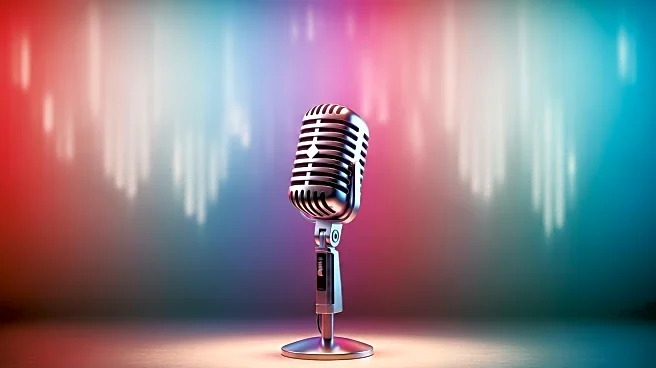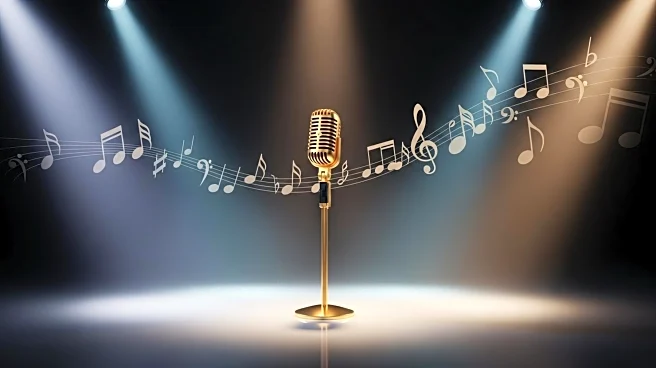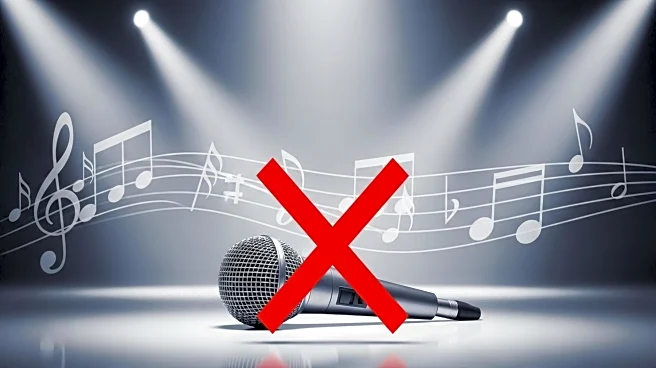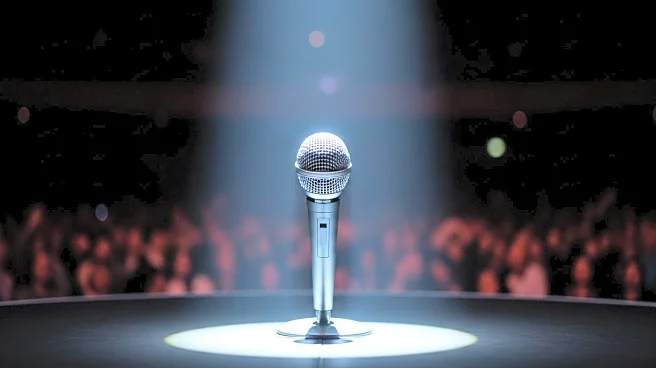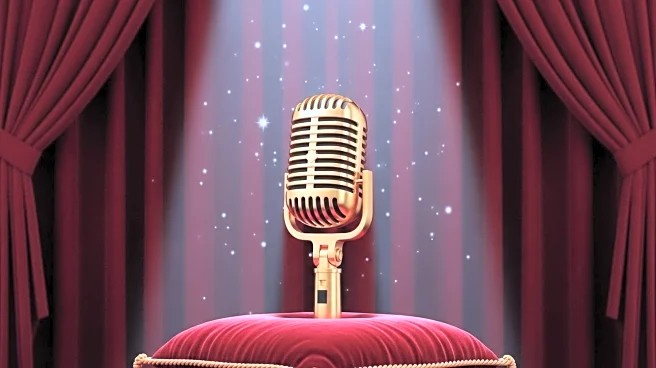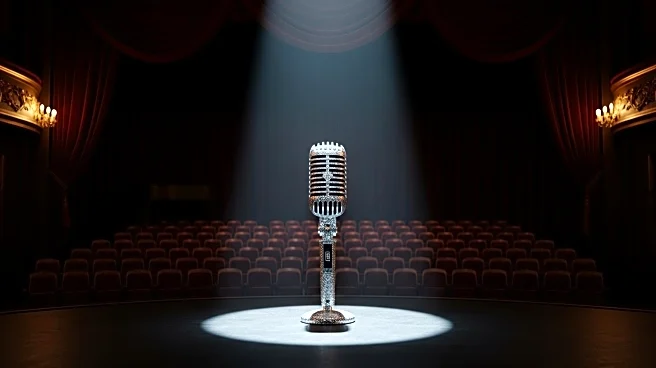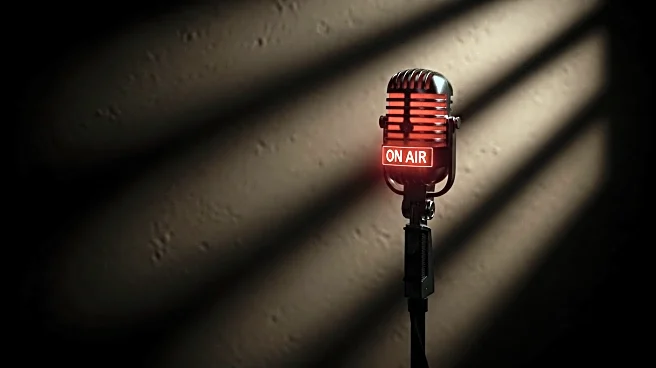What's Happening?
Taylor Swift's new album, 'The Life of a Showgirl,' features a track titled 'Cancelled!' that includes the lyric 'Did you girl-boss too close to the sun?' This line has sparked controversy as conservative commentator Candace Owens claims it echoes a phrase she used on her podcast in January 2025. The lyric has ignited debates about influence, attribution, and potential legal implications. Fans and critics are divided, with some viewing the lyric as a playful nod to cancel culture, while others see it as a deliberate callout. The controversy has fueled discussions across social media and media outlets, highlighting the intersection of pop culture and politics.
Why It's Important?
The debate surrounding the lyric underscores the complex relationship between art, public discourse, and legal considerations. Swift's use of a phrase similar to one used by Owens raises questions about intellectual property and the boundaries of artistic expression. The controversy also highlights the power of lyrics to influence public opinion and spark cultural conversations. As Swift navigates these discussions, the situation illustrates the challenges artists face in balancing creative freedom with potential legal and reputational risks. The incident also reflects broader societal debates about cancel culture and the role of public figures in shaping cultural narratives.
What's Next?
The ongoing debate may lead to further scrutiny of the lyric's origins and potential legal actions. Media outlets and fans will likely continue to analyze the situation, seeking clarity on the lyric's intent and its implications. Swift may choose to address the controversy directly, either through public statements or legal channels. The situation could also prompt broader discussions about the role of artists in engaging with political and cultural issues, as well as the impact of their work on public discourse.
Beyond the Headlines
The controversy highlights the evolving nature of intellectual property in the digital age, where phrases and ideas can quickly spread and become part of the public consciousness. It also raises questions about the responsibilities of artists and public figures in navigating cultural and political landscapes. As the debate unfolds, it may prompt reflections on the power dynamics between media figures and artists, and the ways in which cultural narratives are constructed and contested.

